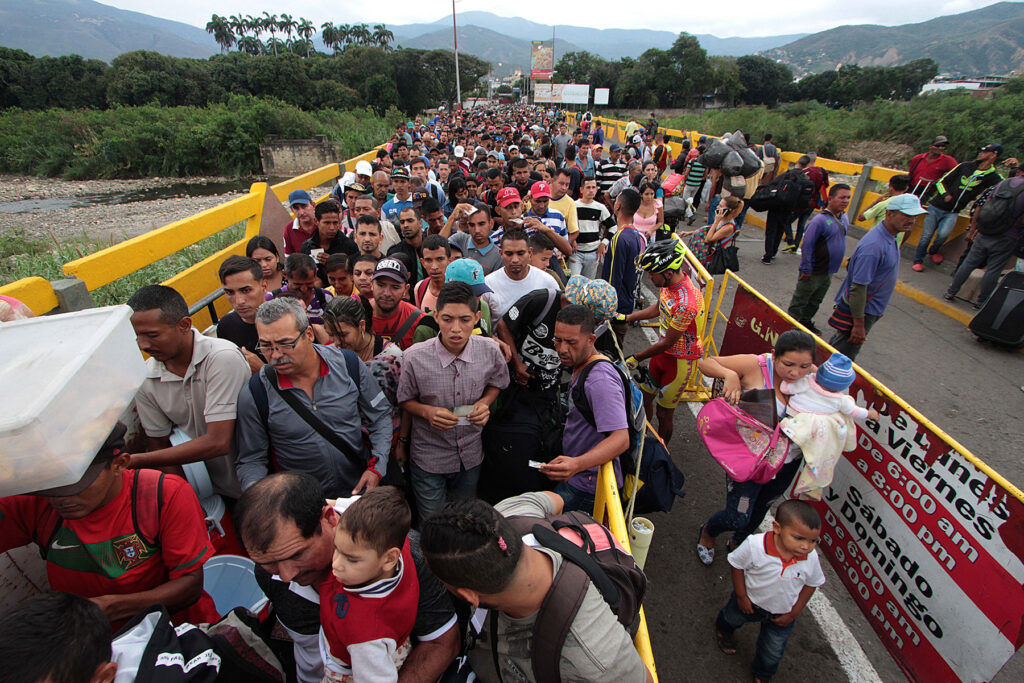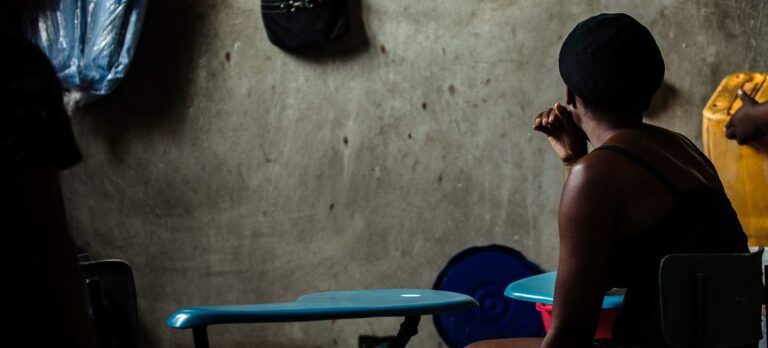
Over the past decade, Venezuela, a country once among the wealthiest in Latin America due to its vast oil reserves, has spiraled into economic ruin and political instability. Hyperinflation, scarcity of basic goods, collapsing healthcare, and authoritarian governance have driven over 7.7 million Venezuelans to flee their homeland since 2015, according to the UNHCR.
Roots of the Collapse: Venezuela from Oil Riches to Economic Ruin
This Latin country’s economic woes are deeply tied to its overdependence on oil. In the early 2000s, Hugo Chávez, nationalized key industries and heavily subsidized welfare programs. When oil prices collapsed in 2014, these systems began to unravel. Under Nicolás Maduro, mismanagement, corruption, and U.S. sanctions worsened the situation.
- Inflation hit millions of percent at its peak.
- Public healthcare and education virtually collapsed.
- Hunger and malnutrition surged, even in urban centers.
This economic freefall became a breeding ground for political unrest and mass displacement.

Mass Migration: A Humanitarian Emergency in Venezuela
The Venezuelan migration is now the largest displacement crisis in the Western Hemisphere, comparable only to the Syrian refugee crisis globally.
- Major host countries: Colombia (2.9 million+), Peru, Ecuador, Brazil, and Chile.
- Migrants often flee by foot, walking through mountain passes and jungles.
- Many lack documentation, health access, or legal protection.
This is not just a migration story, it’s a tale of survival, often involving children, pregnant women, and elderly citizens forced to flee a failing state.
Host Nations and Their Challenges: Hospitality Meets Fatigue
While many Latin American nations initially welcomed Venezuelans with open arms, the socioeconomic strain is now visible:
- Job markets have become more competitive, especially in informal sectors.
- Public services in border towns are overstretched.
- Rising xenophobia and political tensions are complicating integration.
Colombia’s “Temporary Protection Status” program was a rare and humane exception, offering over a million migrants legal rights. Yet, other countries are now tightening borders or limiting access to services due to economic constraints.
Global Attention and the Glaring Gap
Despite the scale, the nation’s crisis remains critically underfunded. UN’s Regional Refugee Response Plan for Venezuela has consistently faced shortfalls. Compared to Ukraine or Syria, international aid per capita for Venezuelan migrants is drastically lower. Geopolitical divides (e.g., Russia-China vs. U.S.-EU alliances) have also diluted coordinated diplomatic efforts.
While countries like Canada and the U.S. have provided some resettlement opportunities, it remains a drop in the ocean.
Policy, Patience, and People-Centered Approaches
To truly address this Latin nation’s crisis, there needs to be:
- Multi-national coordination in Latin America for burden-sharing.
- Greater international funding for refugee services and host nation support.
- Long-term integration plans (education, work permits, healthcare).
- A political resolution in Venezuela, through democratic transition and economic reform.
India, for instance, though geographically distant, can play a neutral diplomatic role at multilateral forums, just as it did with the Russia-Ukraine conflict, advocating for dialogue, humanitarian assistance, and dignity of displaced populations.
Venezuela’s crisis isn’t ending anytime soon. But the world’s attention span is short, especially when the suffering doesn’t come with dramatic explosions or constant camera coverage. Yet, for millions of Venezuelans, each day is an emergency. This exodus may be “silent” in global forums, but it screams through border towns, shelters, and migrant camps across Latin America.
For more such informative articles stay tuned at The World Times



